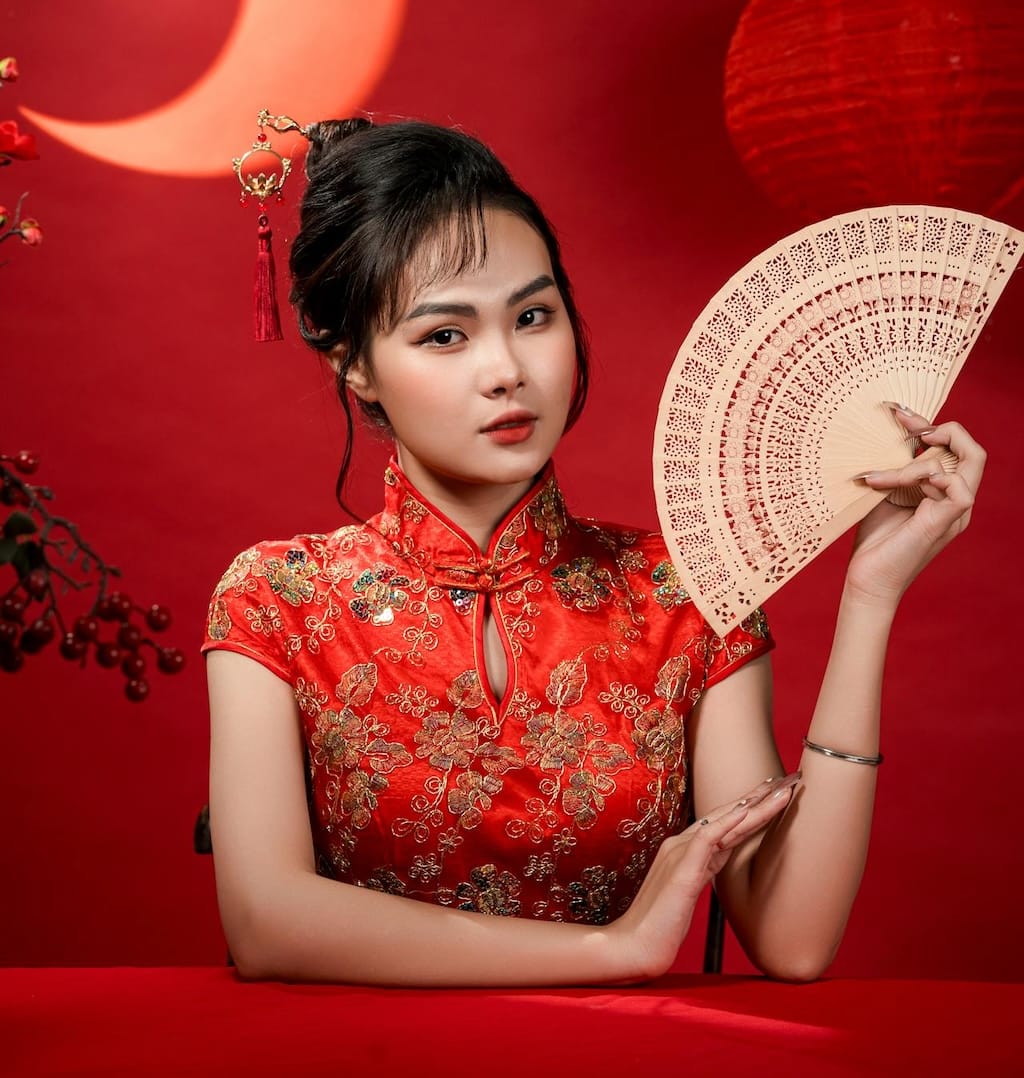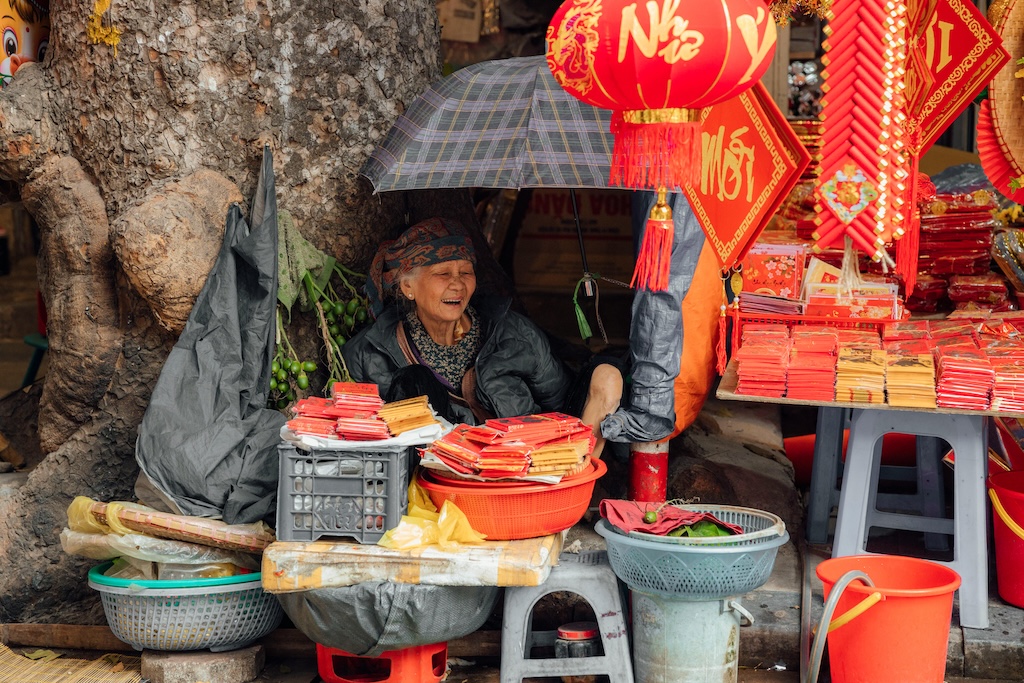
History, Traditions, and Customs of the Chinese New Year
The Chinese New Year, or the Lunar New Year, more colloquially known as the Spring Festival, is one of the most important and widespread holidays in all of Asia. In a true sense, it is a time full of color and festivity; the start of the calendar draws families, communities, and cultures together in joyful celebration. In this article, we will review some of the rich history, traditions, and customs of Chinese New Year by using an informative guide regarding this important event.
History of Chinese New Year
Chinese New Year has been in existence for over 4,000 years, harnessed within the realms of tradition and mythological concepts. It originated during the Shang Dynasty, from 1600 to 1046 BCE, as a form of respect directed towards deities and ancestors. The Chinese New Year, according to legend, was created to scare away the mythical beast Nian, which would appear from the mountains and terrorize villages every New Year's Eve.


Villagers found that this beast was terrified of loud noises, bright lights, and the color red. This evolves into setting off firecrackers, hanging red lanterns, and adorning houses with red paper cutouts.
Key Traditions and Customs
1. Reunion Dinner
New Year's Eve is a big family dinner that involves a luxurious meal. Usually, family members are required to travel from wherever they may be to be able to share this meal together. Some of the traditional dishes include dumplings, symbolizing wealth; fish, symbolizing prosperity; glutinous rice cakes, symbolizing higher income or position. This meal would be a good opportunity for families to bond and welcome the New Year with gaiety and thanks.
2. Red Envelopes (Hongbao)
Hongbao, or red envelopes that contain money, are also exchanged during the Chinese New Year as a symbol of good luck and prosperity. These usually are provided by the older generation to the children and represent the spread of good fortune from generation to generation.
3. Lion and Dragon Dances
Dances of the lion and the dragon are believed to be traditional performances to invite good fortune and to drive away evil spirits. A lion dance consists of two dancers in the costume, acrobatically moving in directions appropriate for its decorated figure. On the other hand, the dragon dance requires a team of dancers who carry poles to support a long undulating dragon figure. The rhythmical beats from drums, cymbals, and gongs accompany the two dances.
4. Firecrackers and Fireworks
Setting off firecrackers and fireworks is one of the major traditions that characterize Chinese New Year. They come along with loud sounds that are said to scare evil spirits away, bringing good luck. The light displays of fireworks brighten the night sky to add festivity to the atmosphere.
5. Decorations
Houses and public places are decorated with red lanterns, couplets, and paper-cutouts. Red represents good luck, prosperity, and good fortune and it is thought to ward off evil spirits. Images of the coming year's zodiac animal are also displayed prominently.
6. Festive Markets
These are followed, during the days preceding the New Year, by festive markets popping up in cities and towns to promote everything from traditional foods to decorations to gift items. The markets sometimes get quite crowded and provide a boisterous atmosphere for last-minute preparations and shopping.
7. New Year's Day and Beyond
The traditional activities of the first day include visiting relatives and friends, paying respect to ancestors, and going to temples to pray. It lasts for 15 days and ends with the Lantern Festival: colored lanterns are seen on every corner, various cultural activities can be performed.


Significance and Modern Celebrations
While it is also celebrated in China, the strong Chinese communities in Malaysia, Singapore, Taiwan, and Indonesia also celebrate with color and gusto. The entire festival has changed with time, knowing how to balance between modernity and tradition. Most of the cities organize parades, cultural performances, and fireworks that attract locals and tourists alike.
In recent years, technology has also modernized the way people celebrate the New Year. Sending virtual red envelopes, digital greetings, and buying New Year essentials online have all gained favor and enable people to connect with others and join in the celebration from wherever they may be.
Conclusion
Chinese New Year is a time of renewal, reunion with family, and celebration of culture. From the rich history and vibrant traditions to modern adaptations, this continues to be one of those special festivals that gives joy and unites people all over the world in happiness. It is through understanding and appreciating the customs and significance that come with the Chinese New Year that we are better placed to gain insight into the cultural heritage and values shaping this magnificent event.